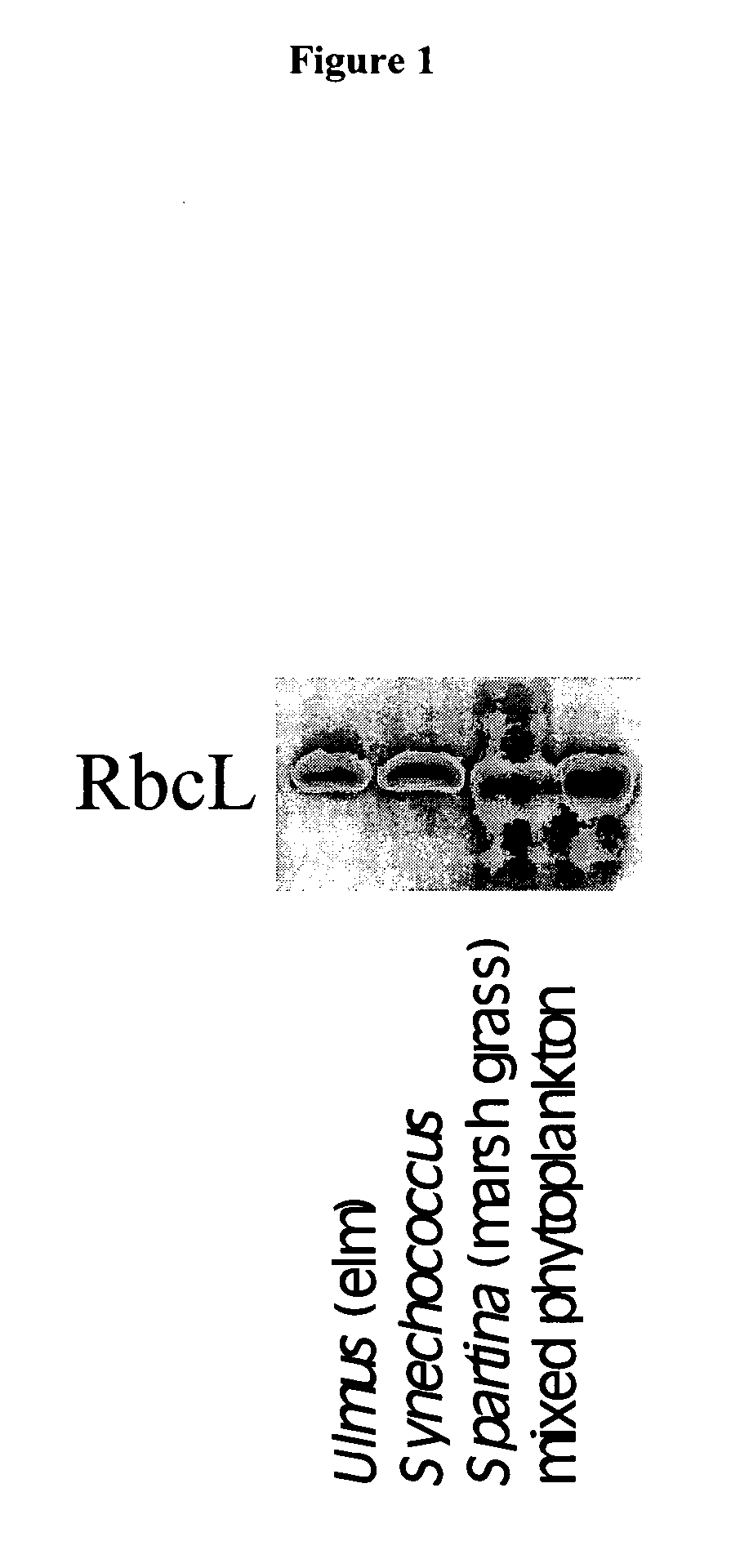Peptide sequence tags and method of using same
- Summary
- Abstract
- Description
- Claims
- Application Information
AI Technical Summary
Benefits of technology
Problems solved by technology
Method used
Image
Examples
Embodiment Construction
[0050] Peptide sequence tags designed for eliciting production of global antibodies binding all members of defined protein families or subfamilies.
[0051] In the following, all peptides are written according to convention from amino terminus to carboxy terminus using the standard single letter amino acid code. All peptides are based on alignments of protein sequences accessed through the NCBI (ncbi.nlm.nih.gov) and SwissProt (expasy.ch) public databases. Where present a lowercase “c” indicates a terminal cysteine not present in the original protein family but added for chemical coupling to the immunogenic carrier molecule, usually Keyhole Limpet Hemocyanin. An upper case terminal “C” represents a cysteine present in the original protein, but also used for chemical coupling to the immunogenic carrier molecule.
[0052] 1. PsbA: EVMHERNAHN FPLDc (SEQ ID NO:1) Photosystem II is the ultimate source of almost all biosynthetic reductant in the biosphere. The PsbA (D1) protein of Photosystem...
PUM
| Property | Measurement | Unit |
|---|---|---|
| Digital information | aaaaa | aaaaa |
| Concentration | aaaaa | aaaaa |
Abstract
Description
Claims
Application Information
 Login to View More
Login to View More - R&D
- Intellectual Property
- Life Sciences
- Materials
- Tech Scout
- Unparalleled Data Quality
- Higher Quality Content
- 60% Fewer Hallucinations
Browse by: Latest US Patents, China's latest patents, Technical Efficacy Thesaurus, Application Domain, Technology Topic, Popular Technical Reports.
© 2025 PatSnap. All rights reserved.Legal|Privacy policy|Modern Slavery Act Transparency Statement|Sitemap|About US| Contact US: help@patsnap.com

